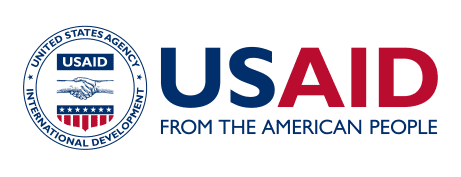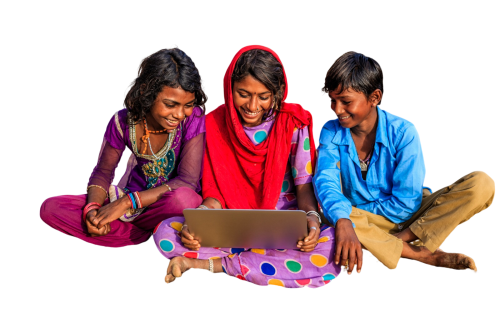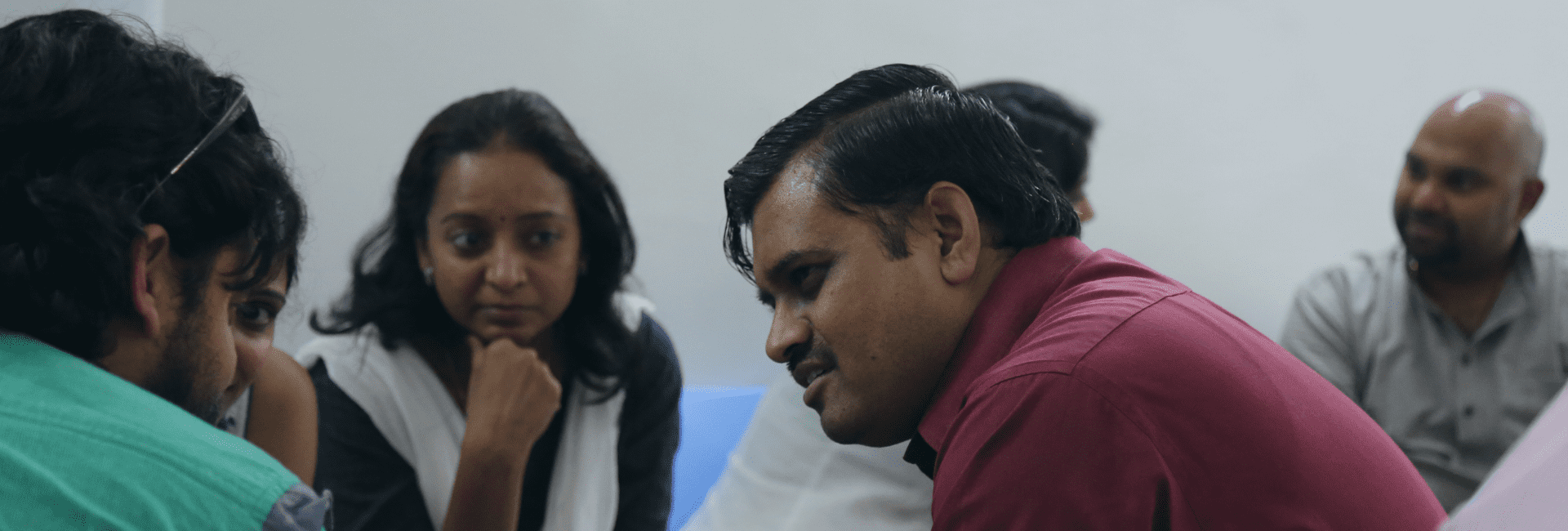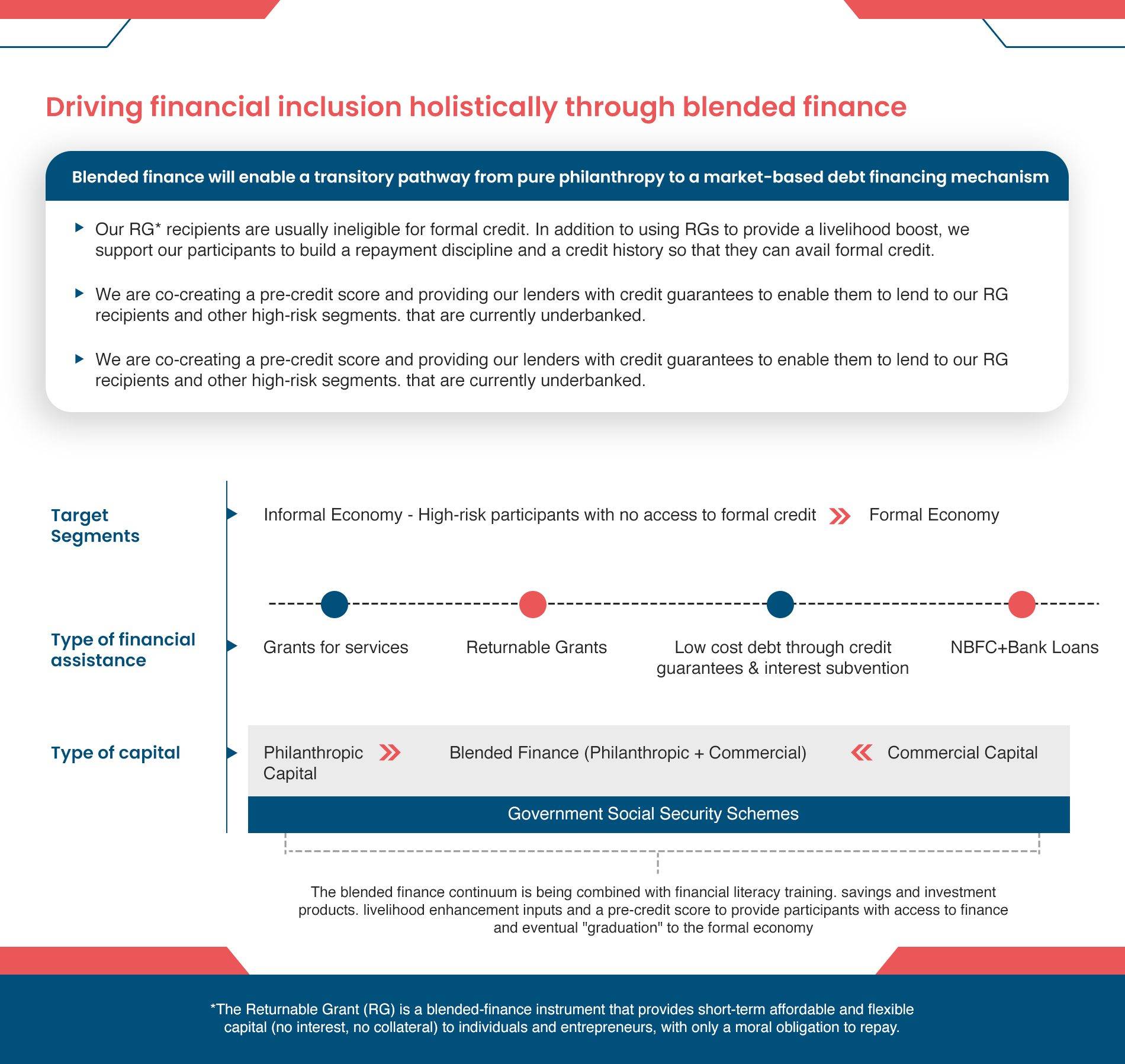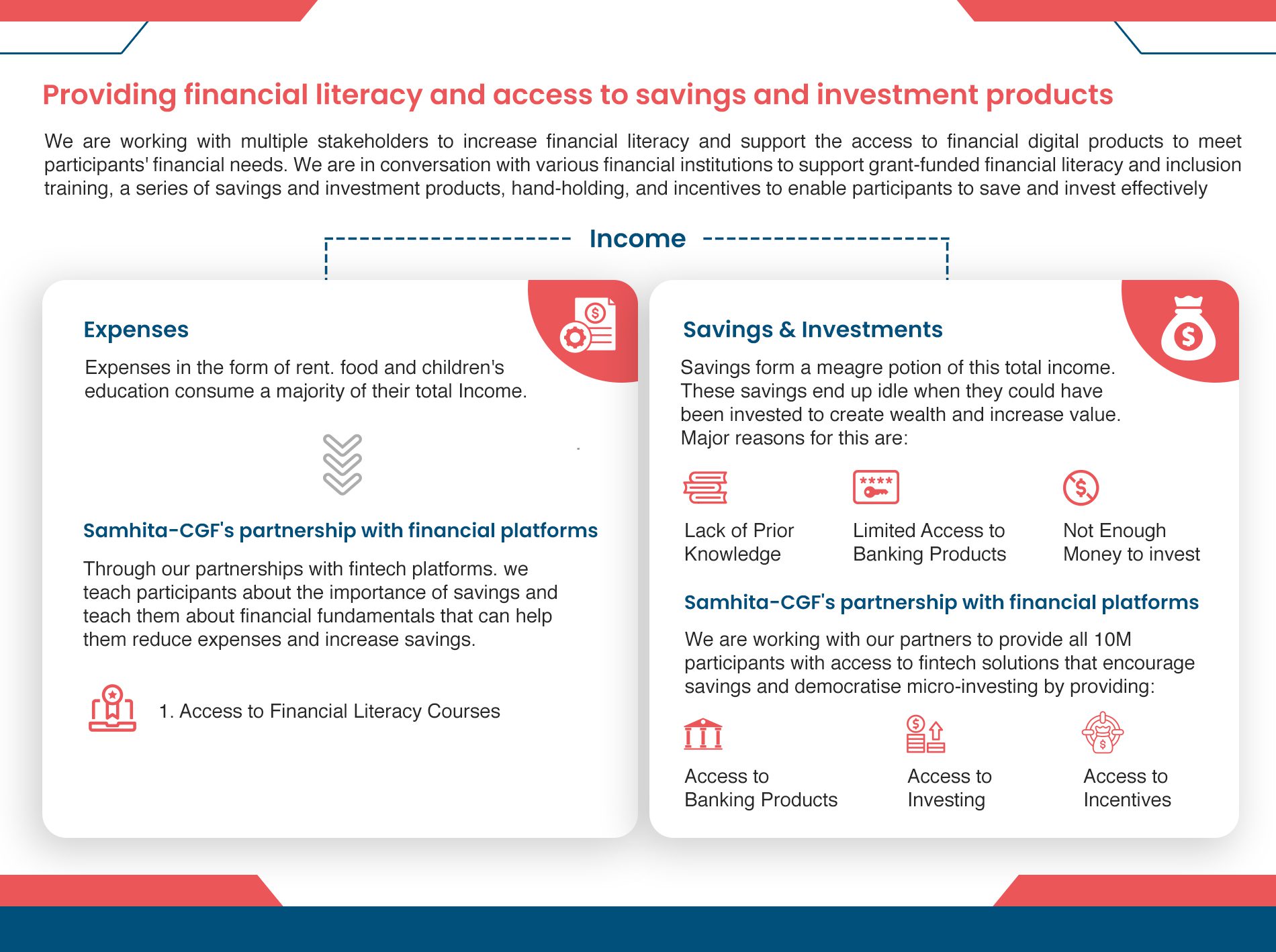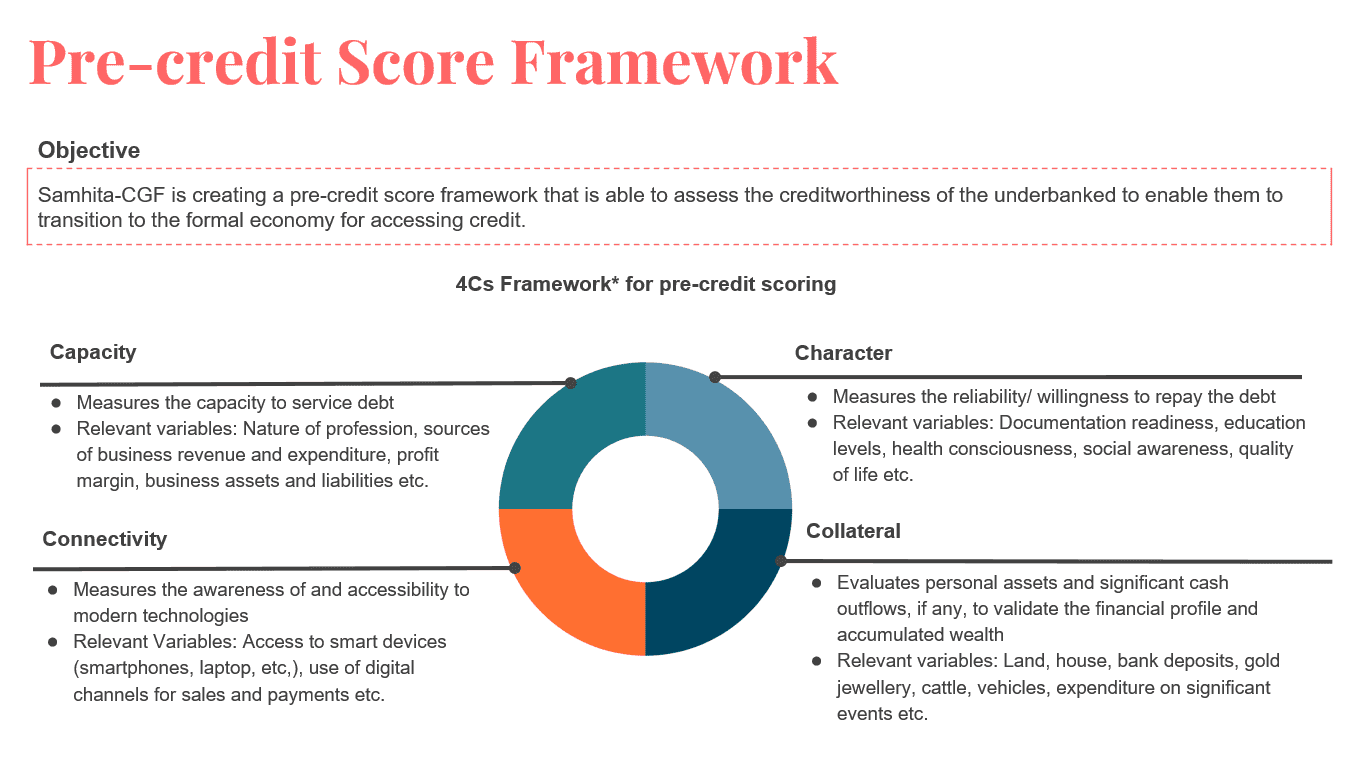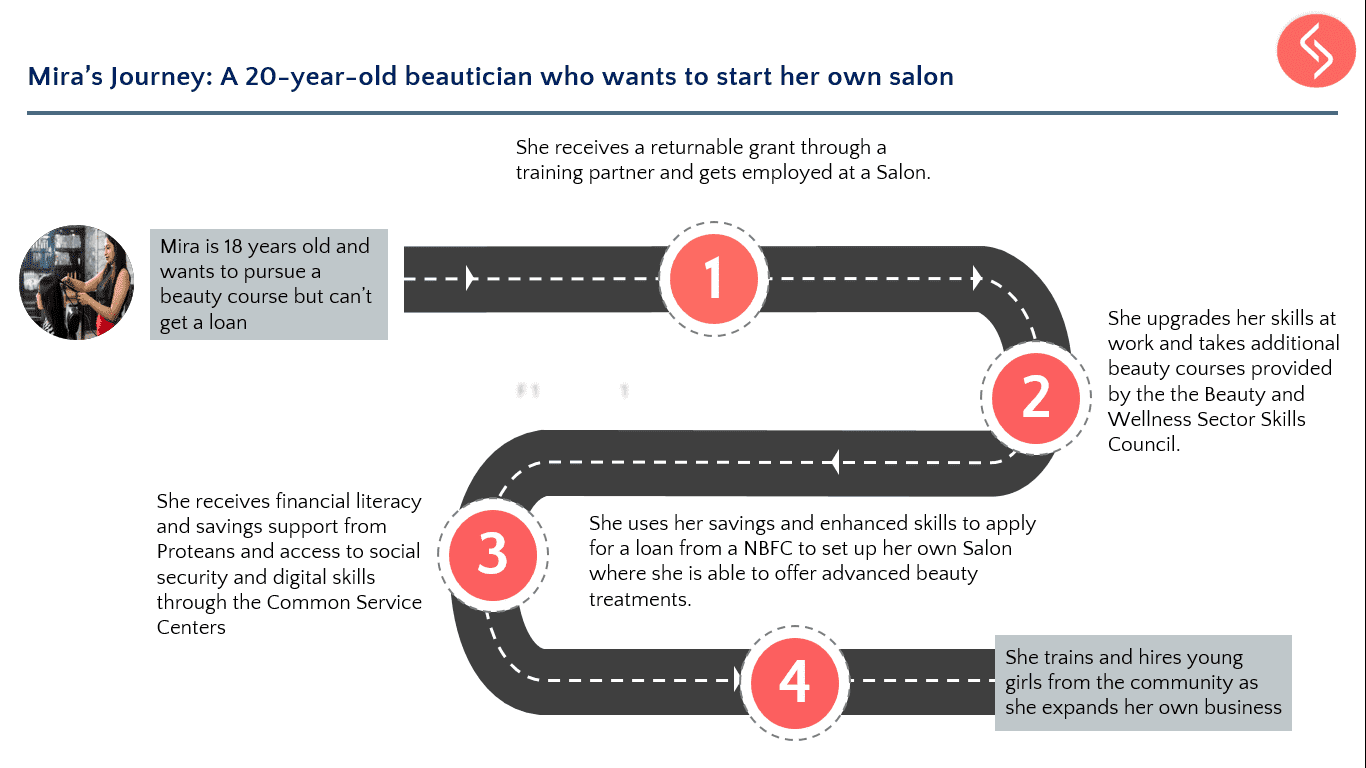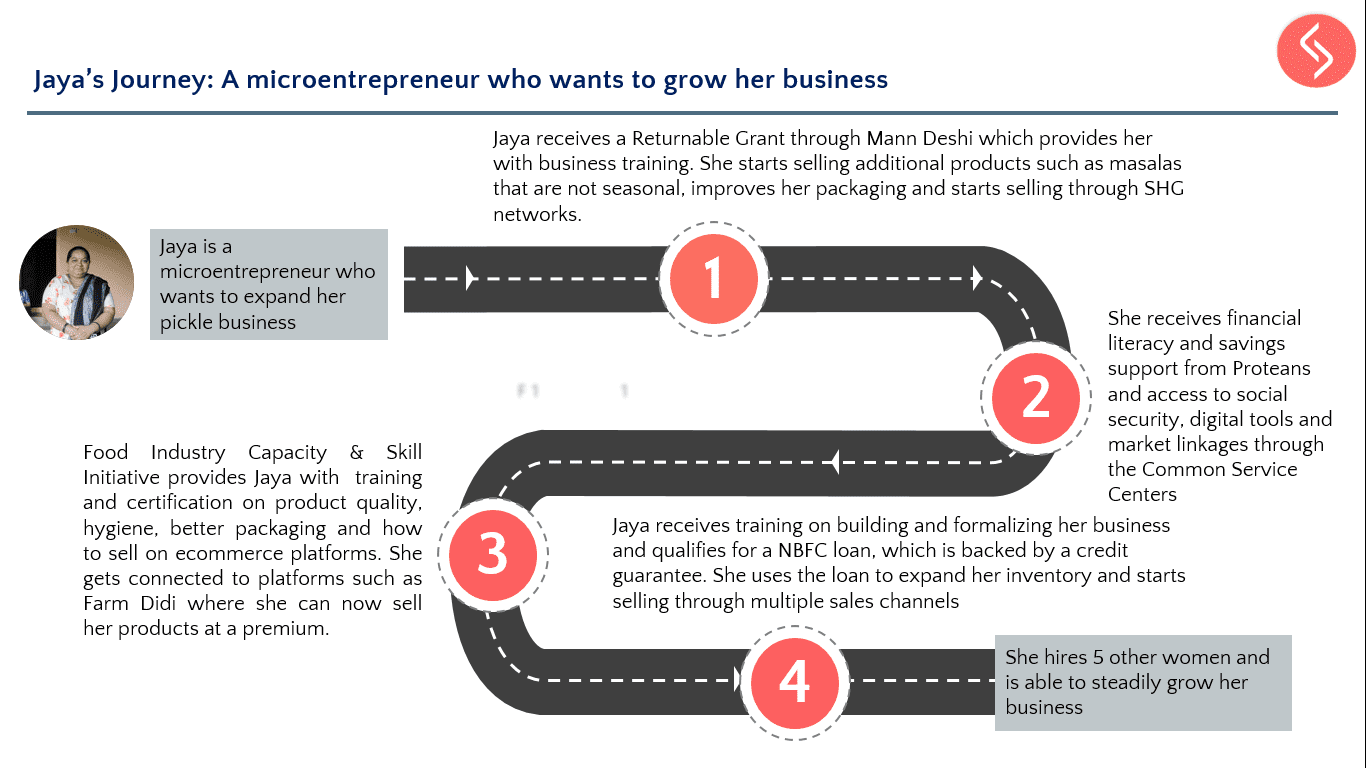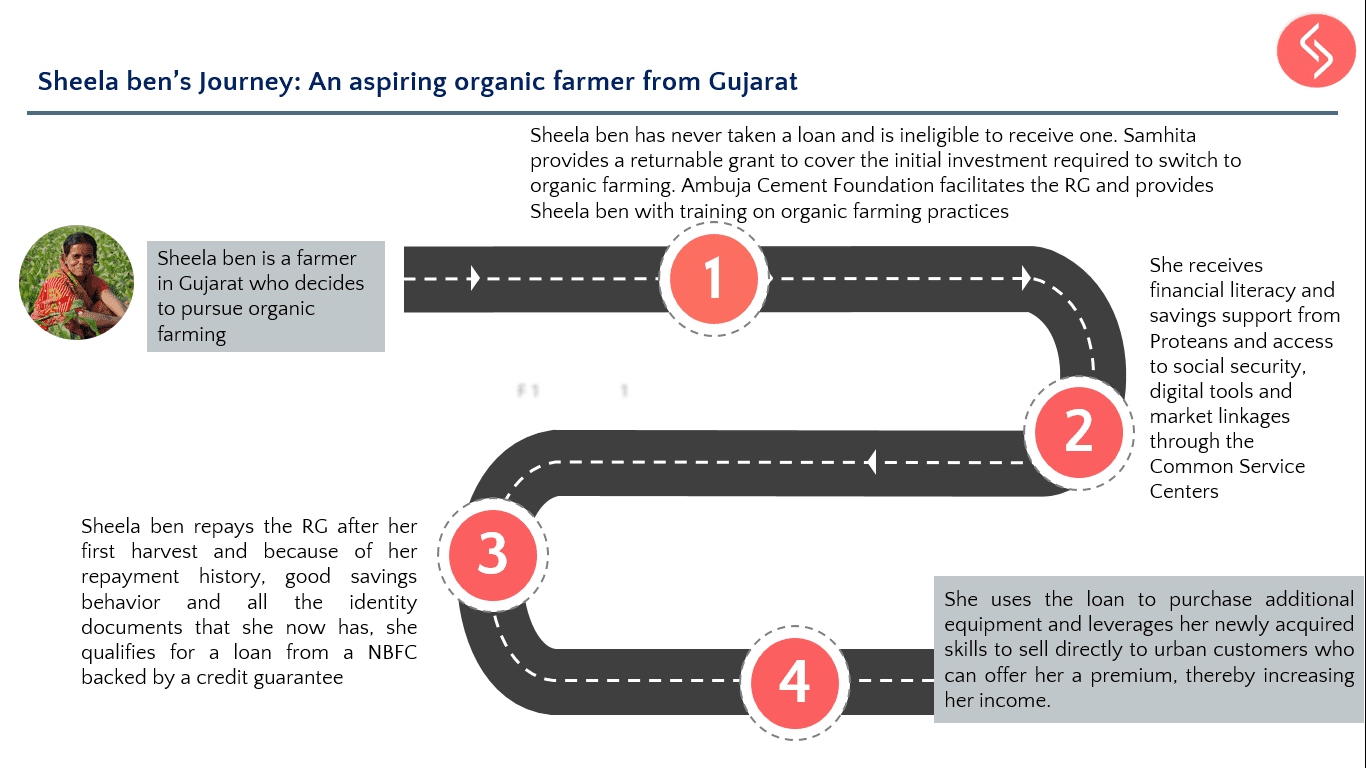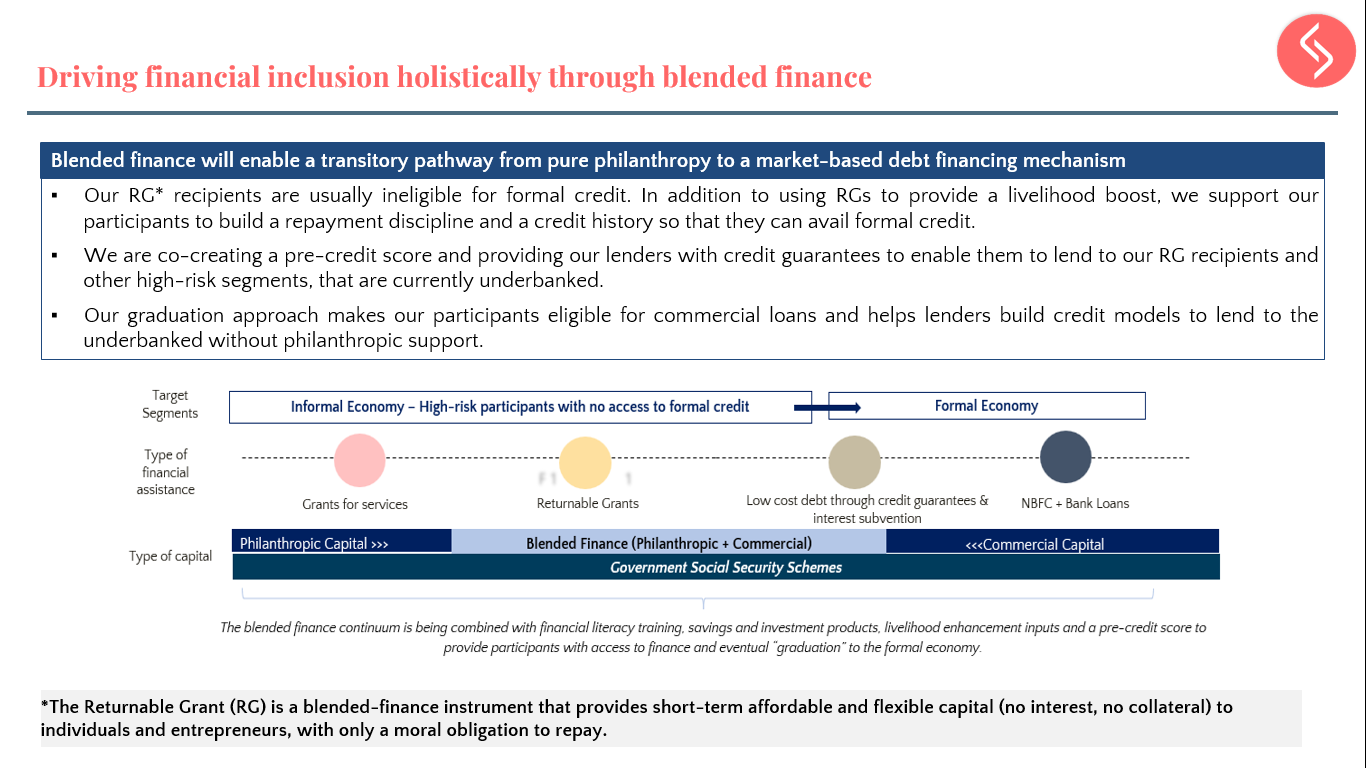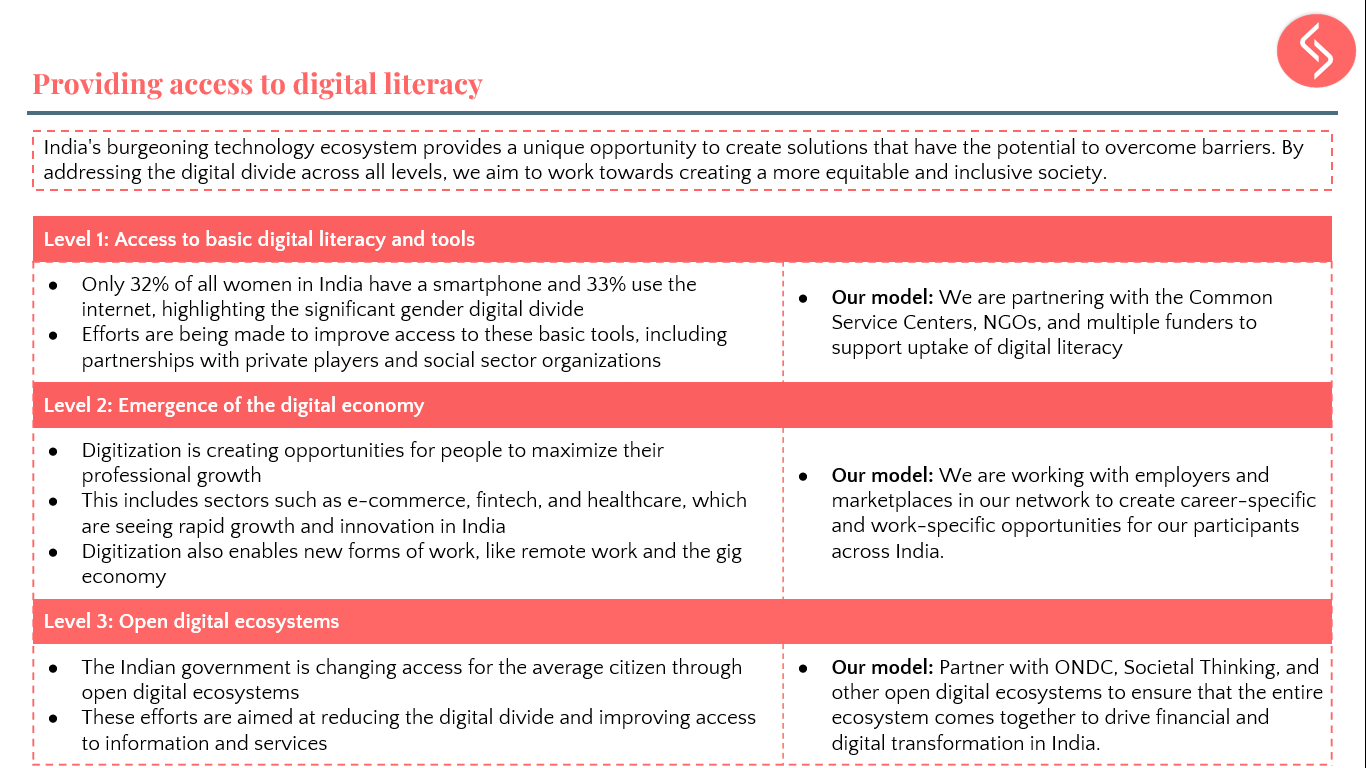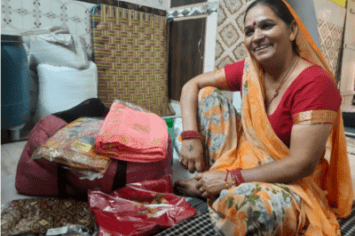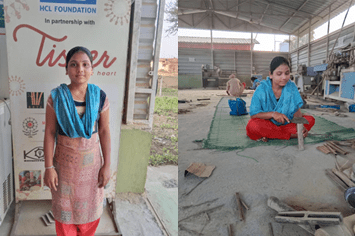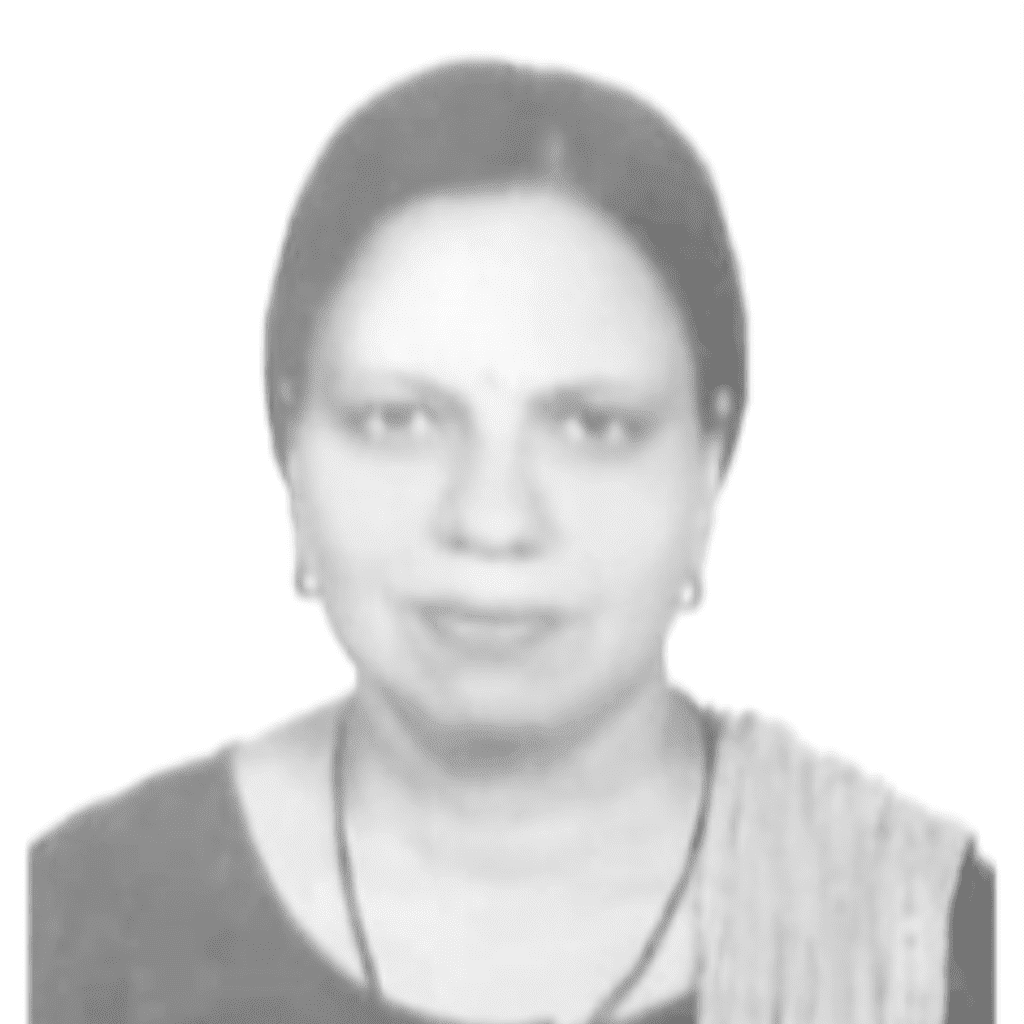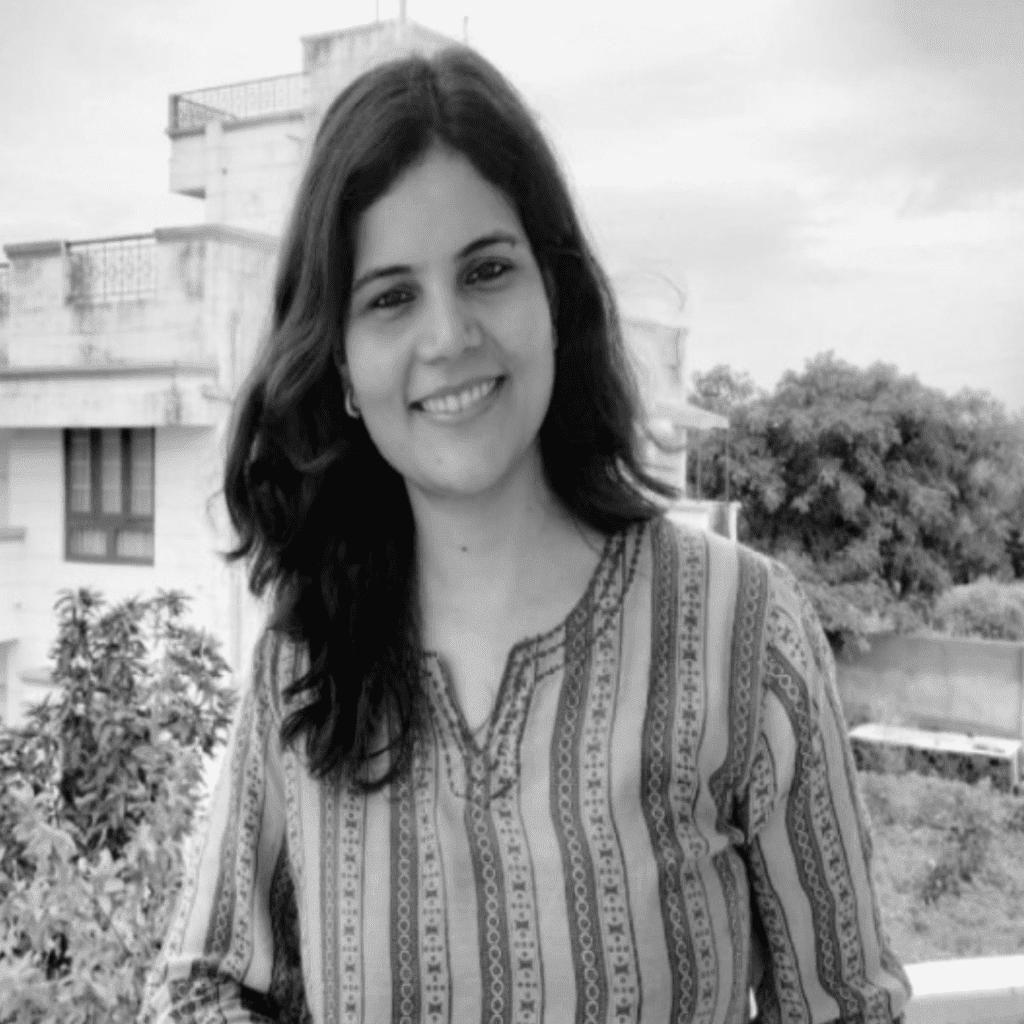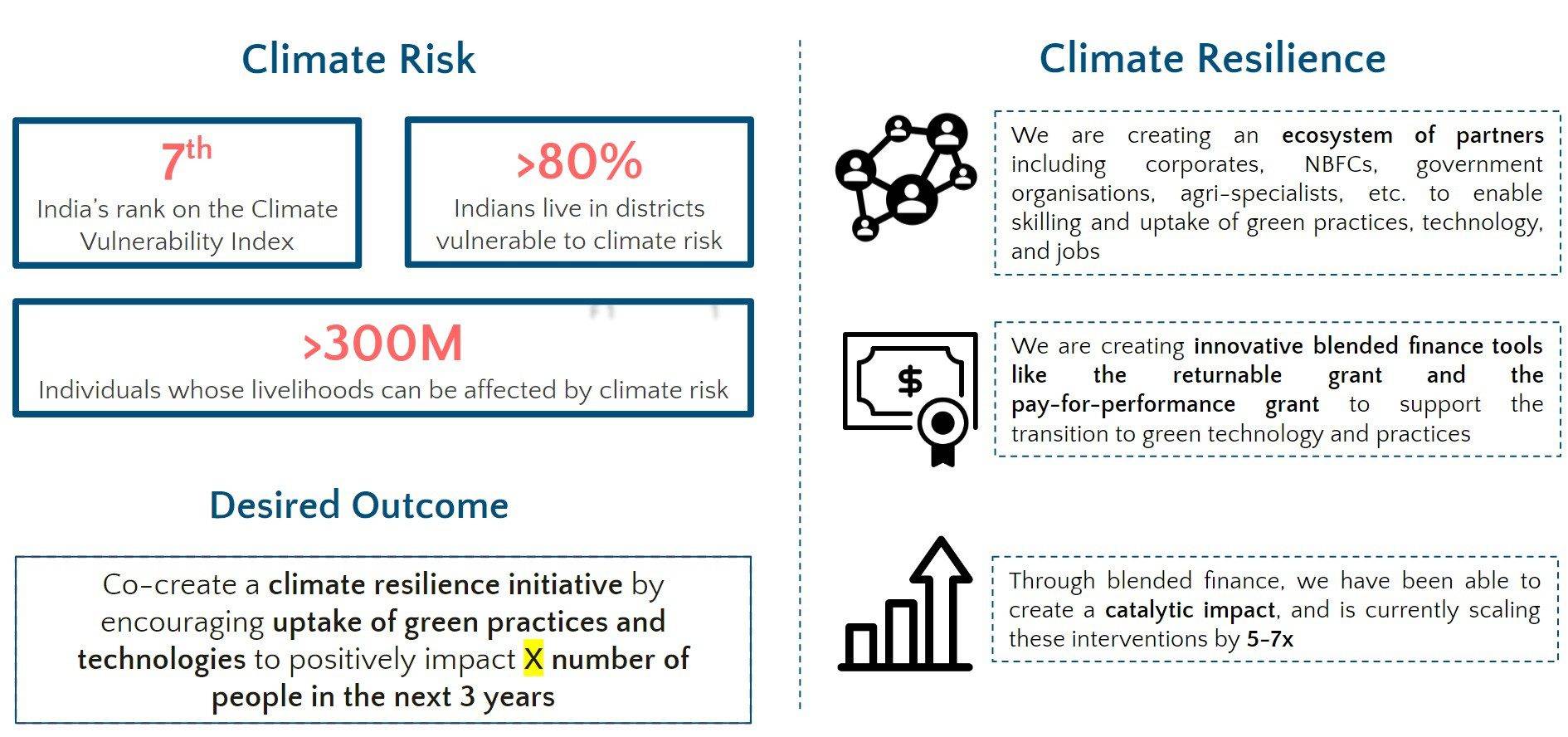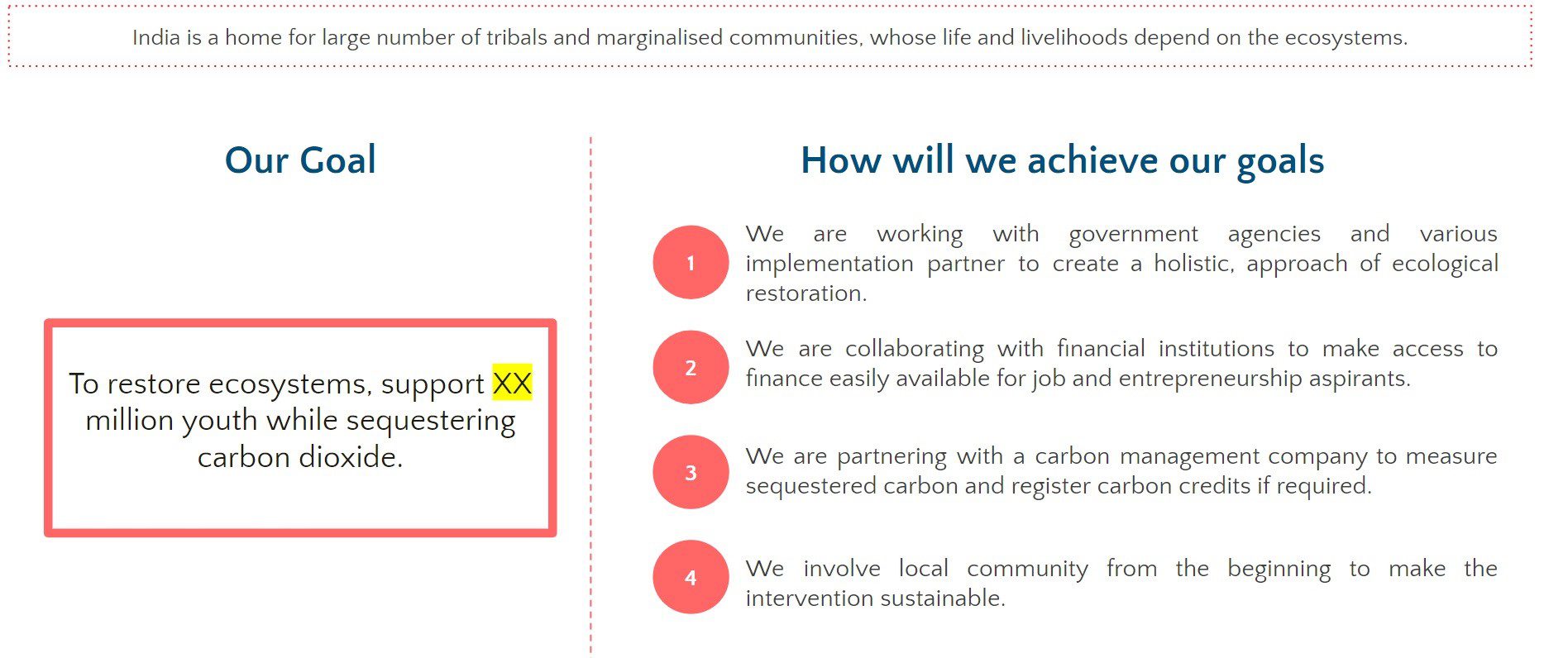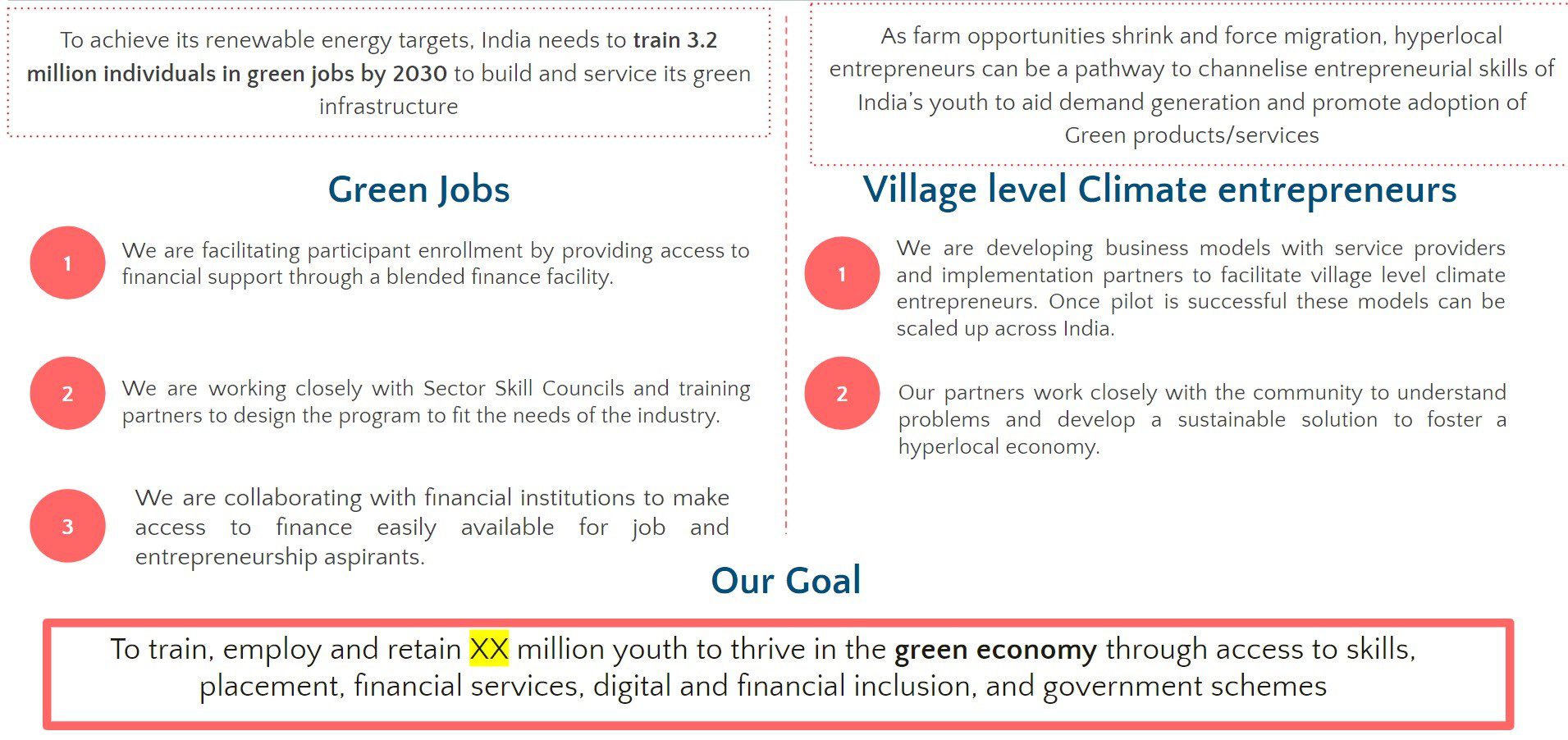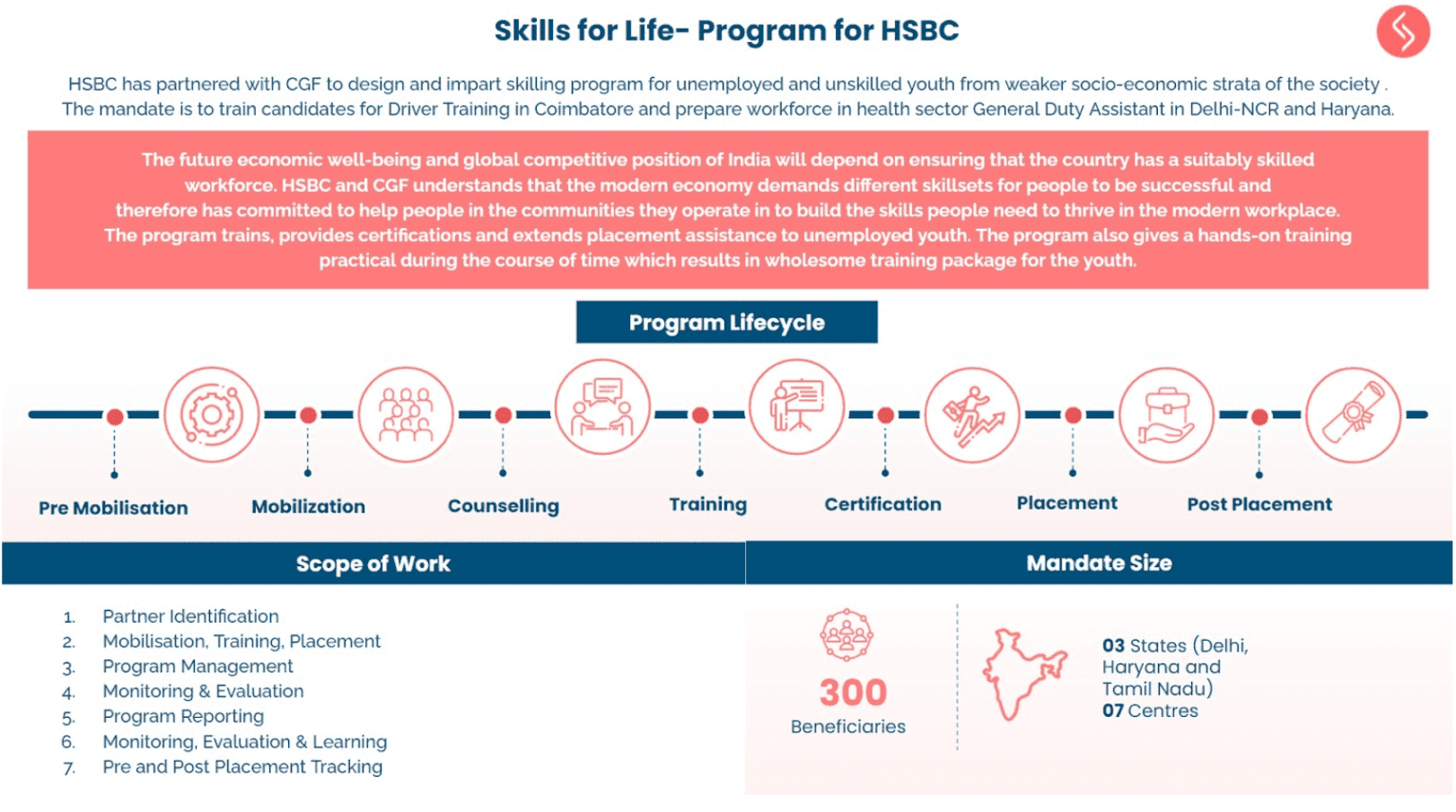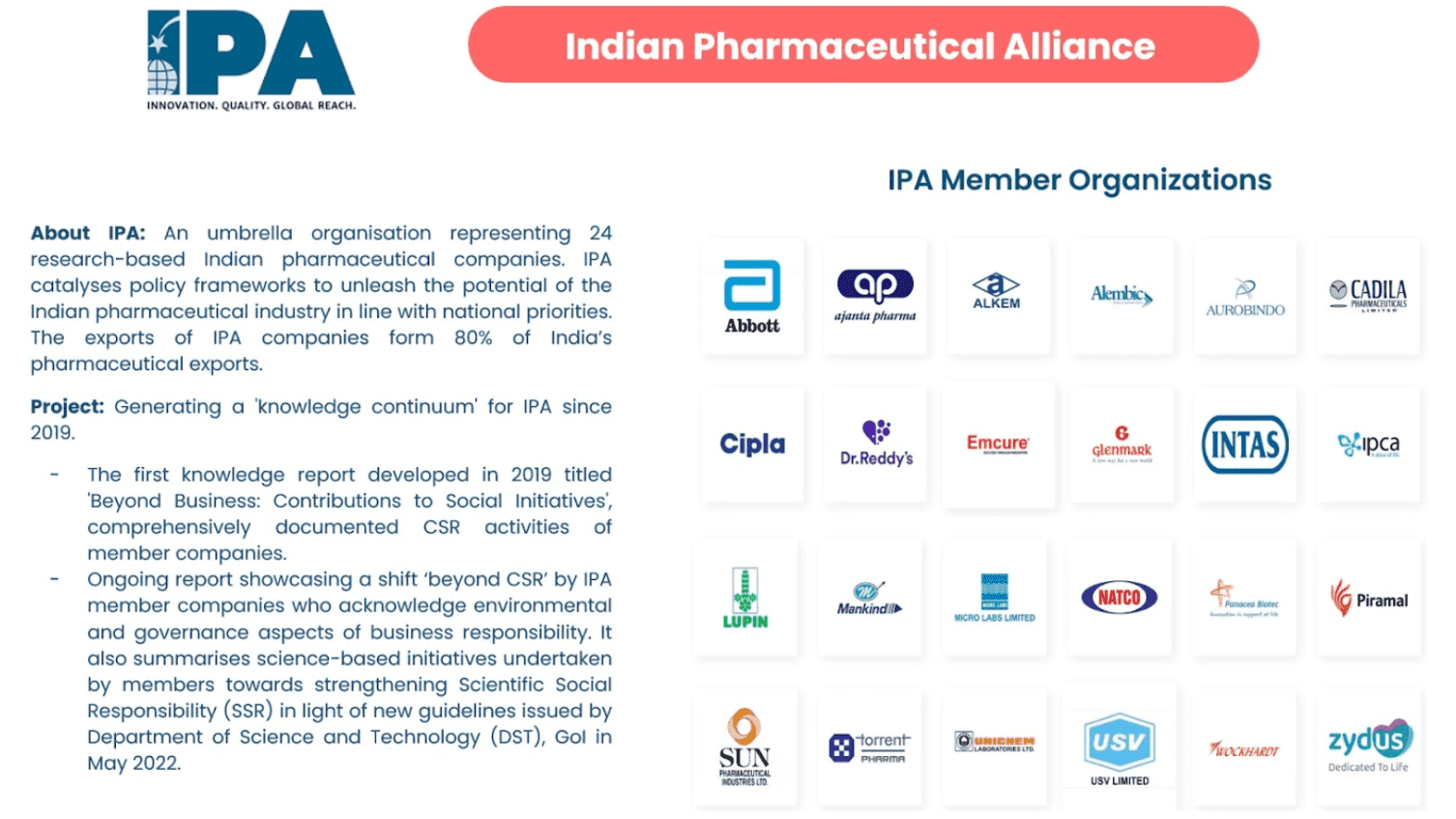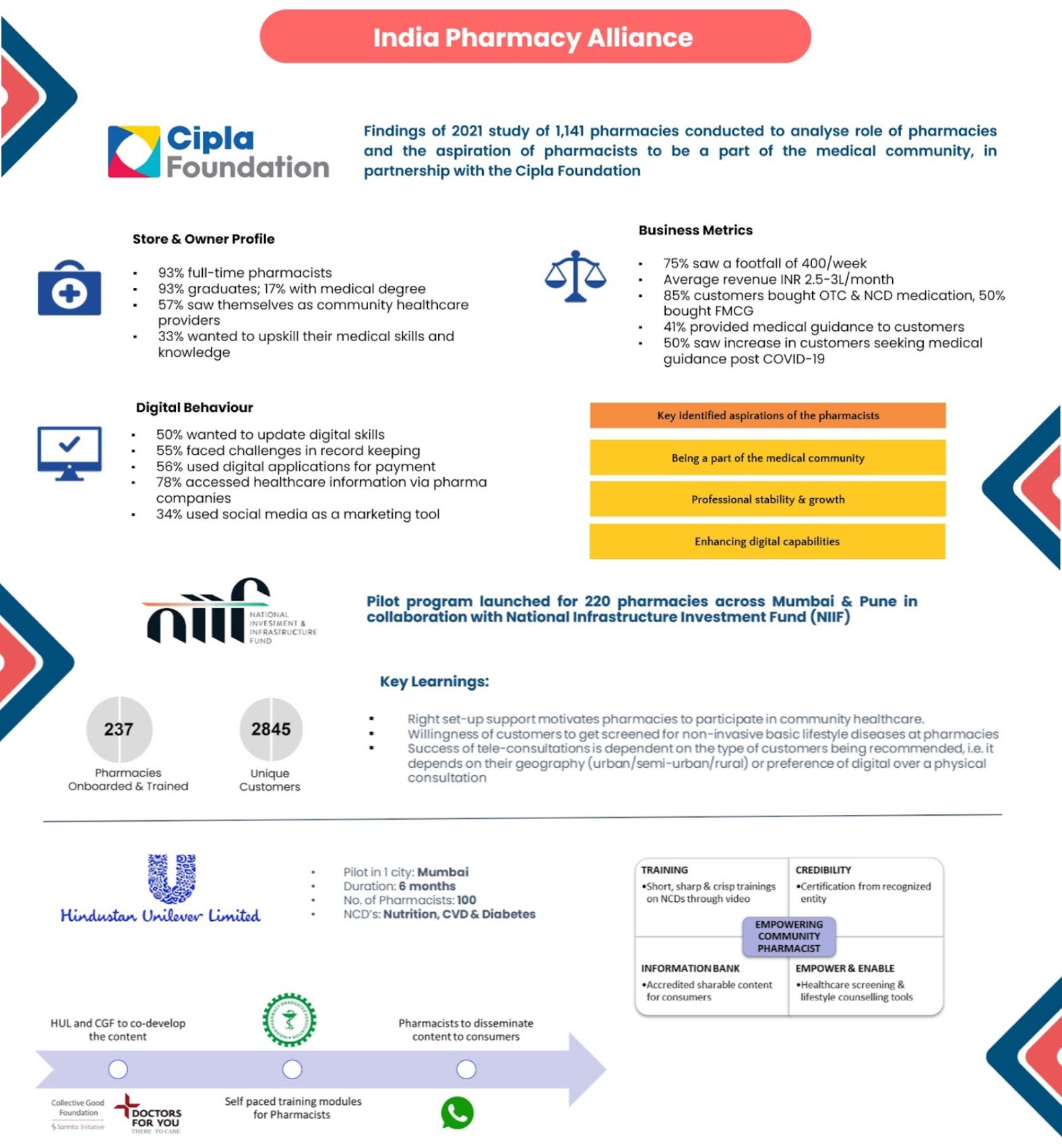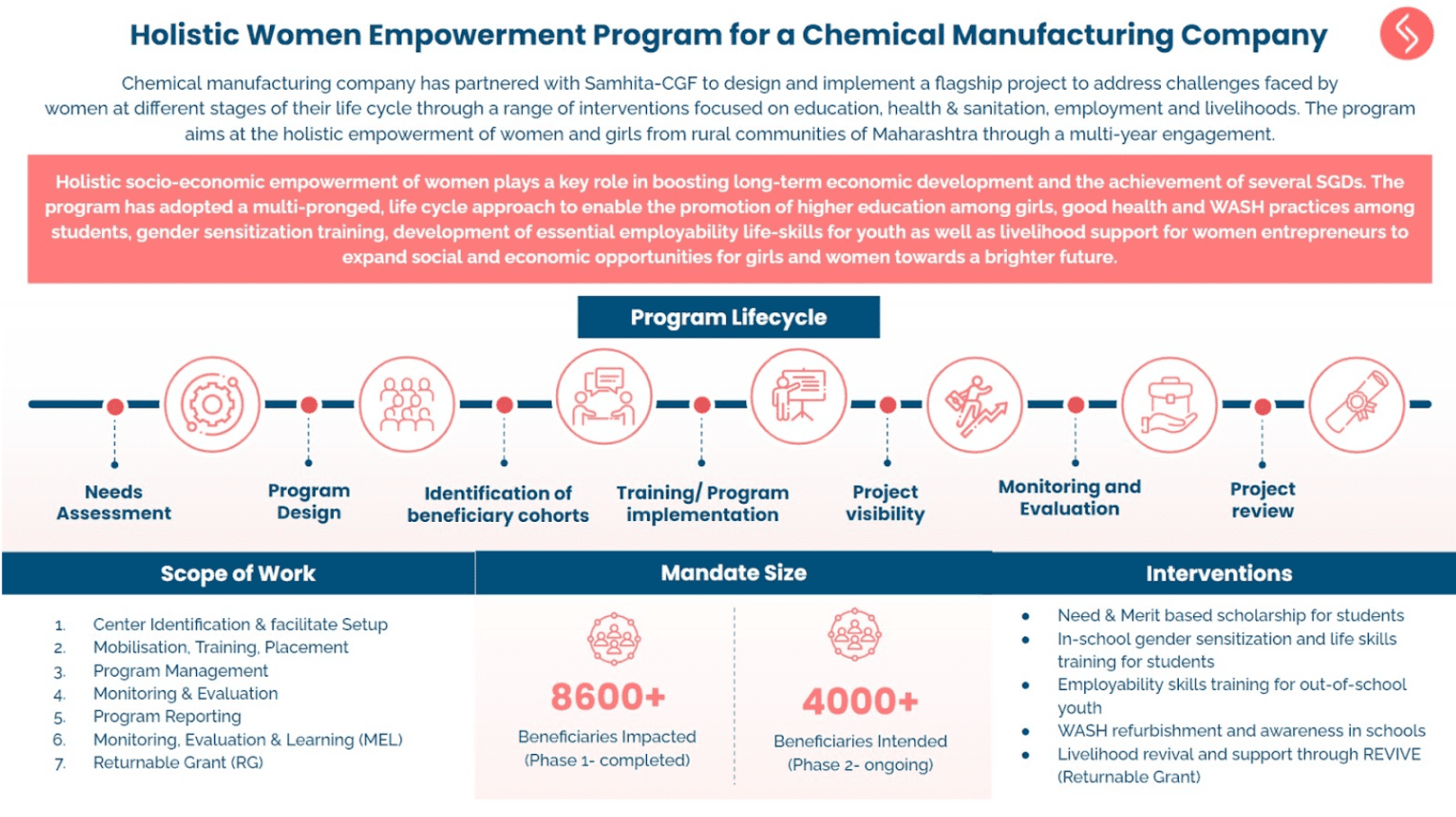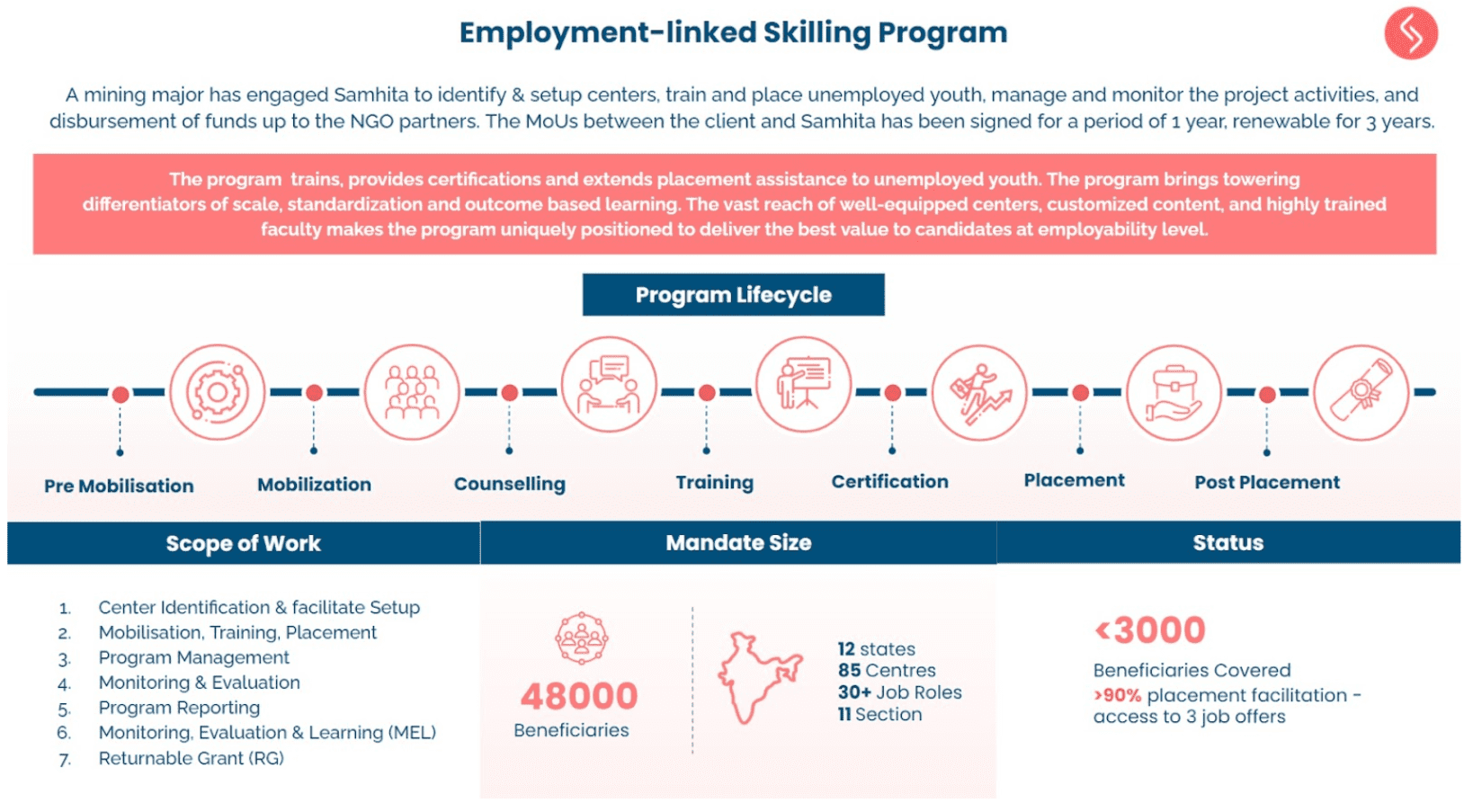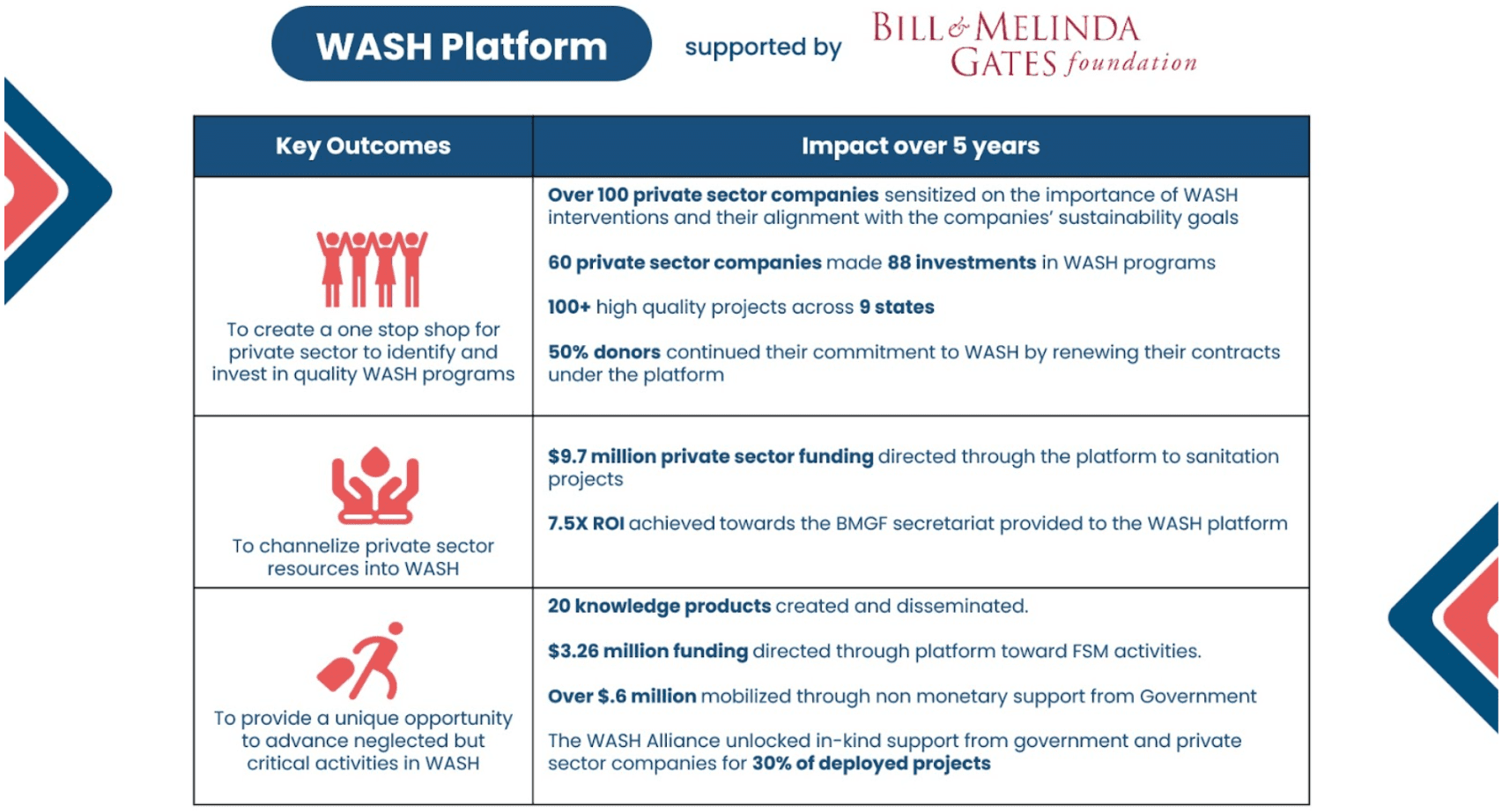Indian NGO Fundraising “Bright Spots” Report: Lifting Up What Works in Raising Money from Individuals in India
This report is Part II of a research project by UC Berkeley Director of Philanthropy and Fulbright Scholar Morry Rao Hermón, in collaboration with Samhita Social Ventures and the Collective Good Foundation, to help fill a gap in the knowledge base about what nonprofits are doing, and what is working, in the individual donor fundraising space in India.
In Part I, we conducted an in-depth survey of Samhita GoodCSR’s extensive network of over 4,000 NGOs from across India’s social sector about their funding sources, resource development methods, and donor engagement strategies. The findings from that 40-question assessment tool were shared in the “Indian Giving Benchmarking Report: Results of Indian NGO Survey on Fundraising from Individuals” (Samhita Social Ventures December 2019). As the first biennial ‘benchmarking’ study, we hope that Indian nonprofits will use this comprehensive data set as a practical tool for comparing their performance against the averages in the field.
In this new report, we lift up examples of fundraising “bright spots” — organizations that are having unparalleled success raising money from India’s burgeoning middle class. We selected three nonprofits to profile including:
These case studies provide a roadmap that other Indian nonprofits can follow in their own resource mobilization efforts. Through a series of ‘system’ interviews, we unpacked the reasons behind their success, drawing out Ten Guiding Principles shared by the ‘bright spots’. This top ten list can be boiled down into five core competencies that Indian NGOs should keep in mind when building a base of life-long donors:
- Be unapologetic about asking for money
2. Focus on your outcomes and the money will follow
3. Find ways to engage your donors in the mission
4. Invest in professional fundraising staff
5. Foster a “Culture of Philanthropy” within your organization
At the end of this 30-page report we provide practical tips on how NGOs can go about adopting these principles in their own organizations so that they can diversify their revenues, grow their programs, and sustain their operations over time.
A note to our readers:
We are looking for other stories of success in the individual fundraising arena, so if you know of examples worth lifting up we would love to hear about them! We are especially interested in identifying fundraising ‘bright spots’ that represent smaller nonprofits, and those in rural areas (including remote regions of India). Please email me your thoughts about this or other topics at morryhermon@berkeley.edu. Happy to answer any questions about my research, what we are learning, and support you on your journey!
